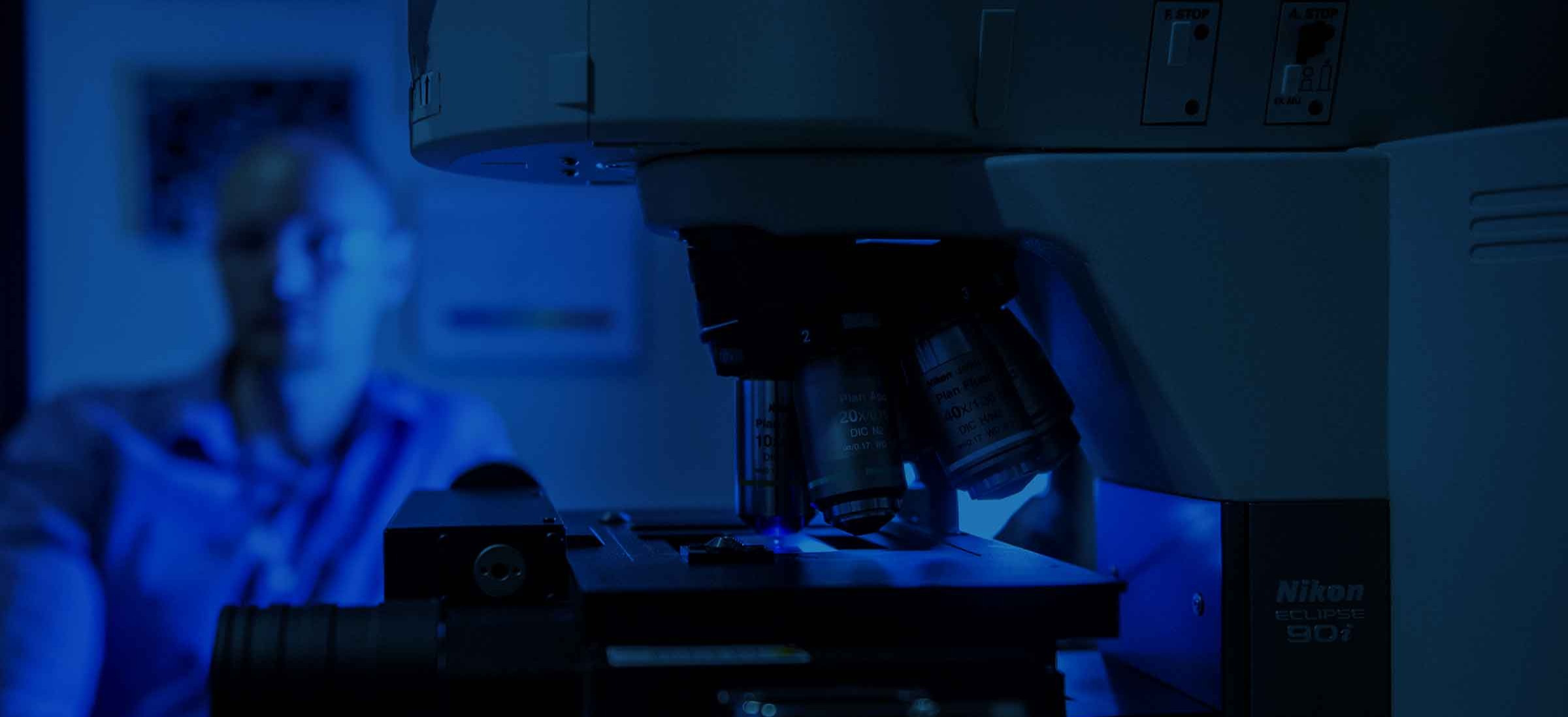In Situ and Operando Microscopy

Overview:
ChemCatBio combines state-of-the-art microscopes across the national lab complex with materials characterization experts to overcome materials barriers related to the catalytic conversion of biomass. ChemCatBio's ability to perform in situ and operando atomic-scale to micron-scale imaging of catalytic materials enables studies of the atomic structure before (as-processed), during (in situ/operando microscopy), and after exposure to temperatures, pressures, and environmental conditions relevant to biomass conversion applications. We utilize a variety of microscopy techniques, including aberration-corrected (scanning) transmission electron microscopy for achieving atomic scale resolution, atomic force microscopy for probing surface morphology, scanning tunneling microscopy for identification of atomic/electronic structures, scanning electron microscopy for probing topography at the nano-meter to micro-meter scale, X-ray and atom probe tomography for 3-D rendering, secondary electron/focused ion beam (dual beam) microscopy, helium ion microscopy, and confocal scanning laser and Raman microscopy.
Additional Information:
Center for Nanophase Materials Sciences — Oak Ridge National Laboratory
Environmental Molecular Sciences Laboratory — Pacific Northwest National Laboratory
Analytical Microscopy and Imaging Science — National Renewable Energy Laboratory
Biomass Surface Characterization Lab — National Renewable Energy Laboratory
National Laboratories:
Argonne National Laboratory
Los Alamos National Laboratory
National Renewable Energy Laboratory
Oak Ridge National Laboratory
Pacific Northwest National Laboratory